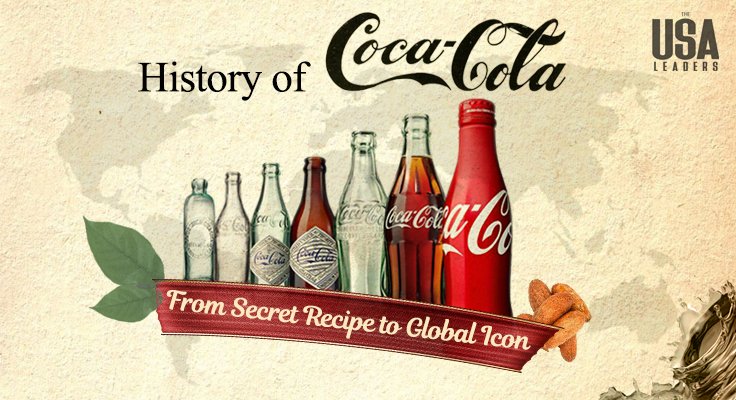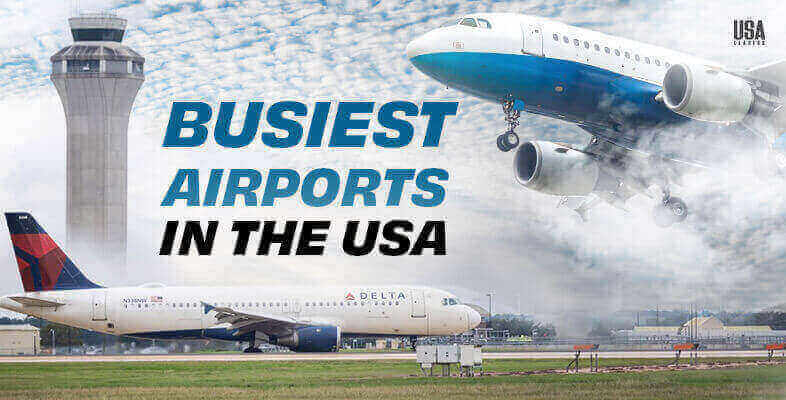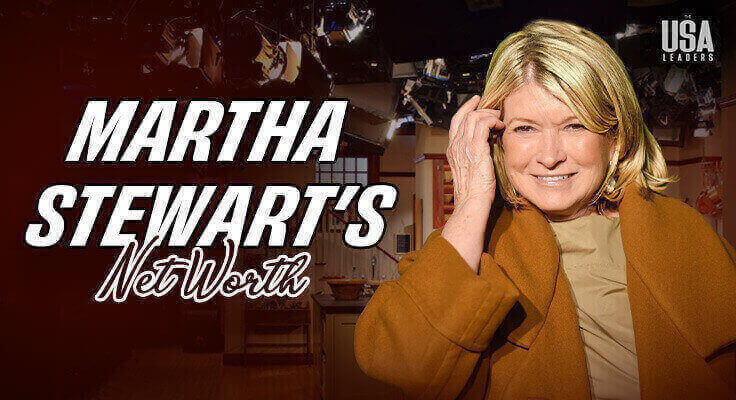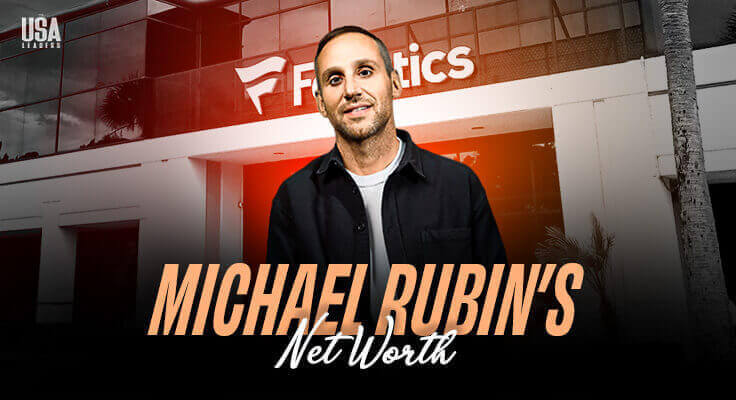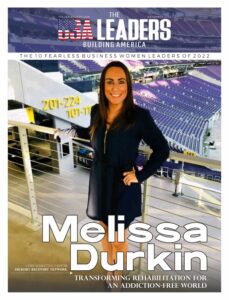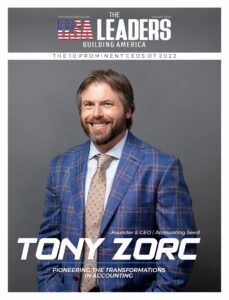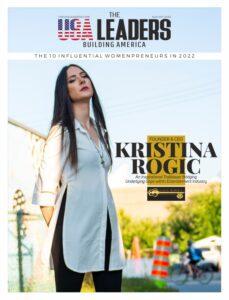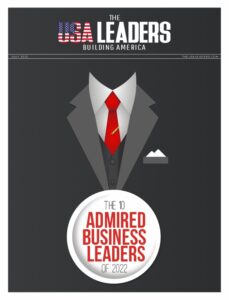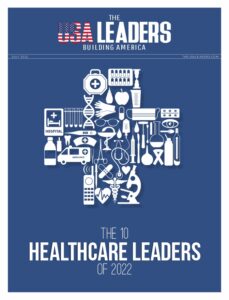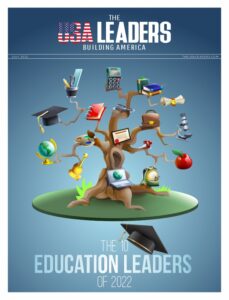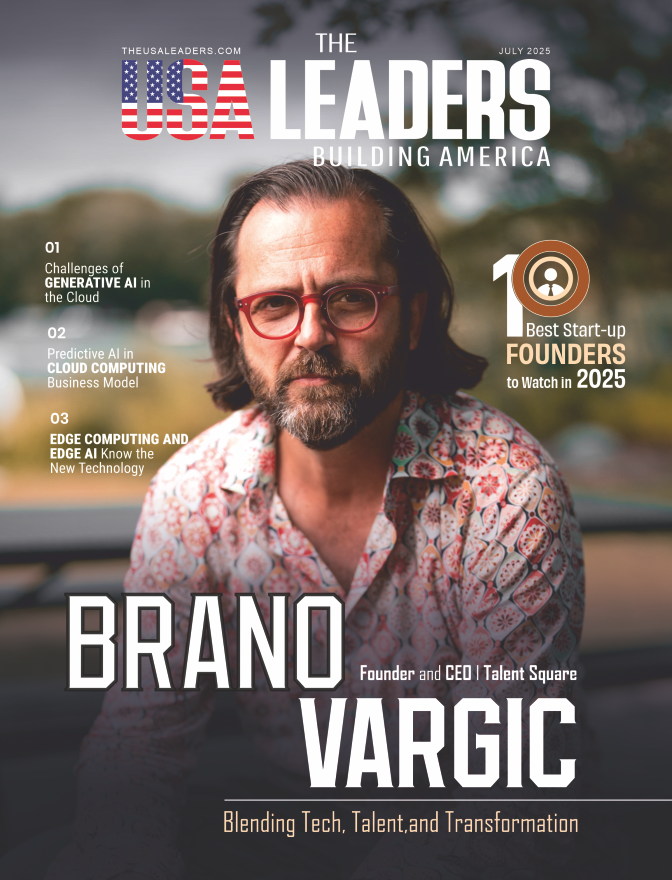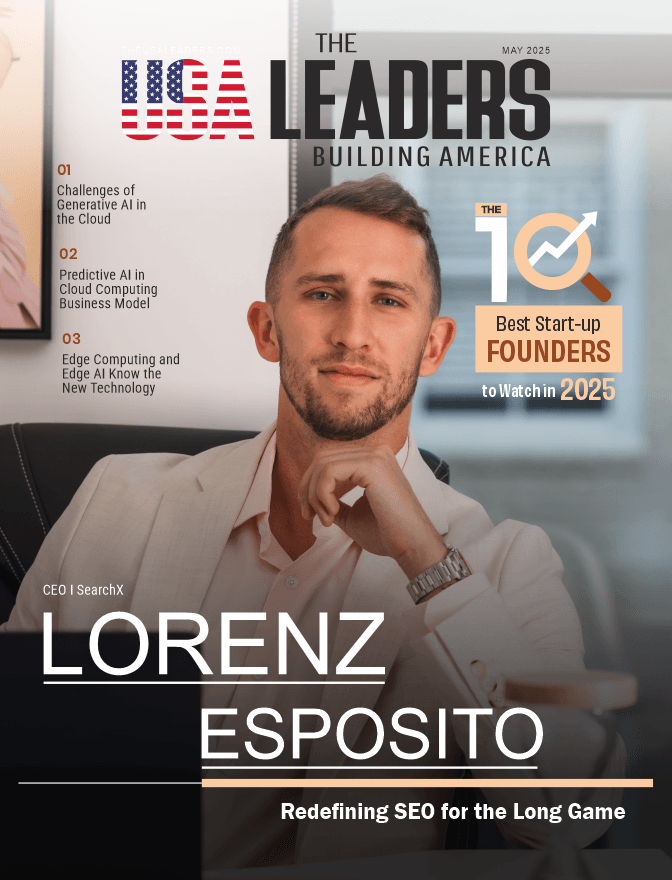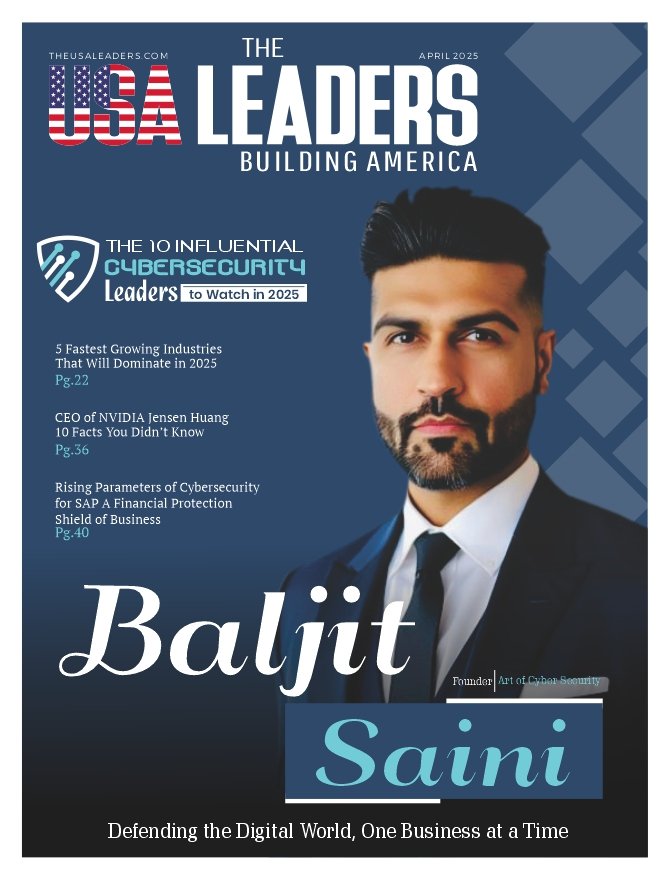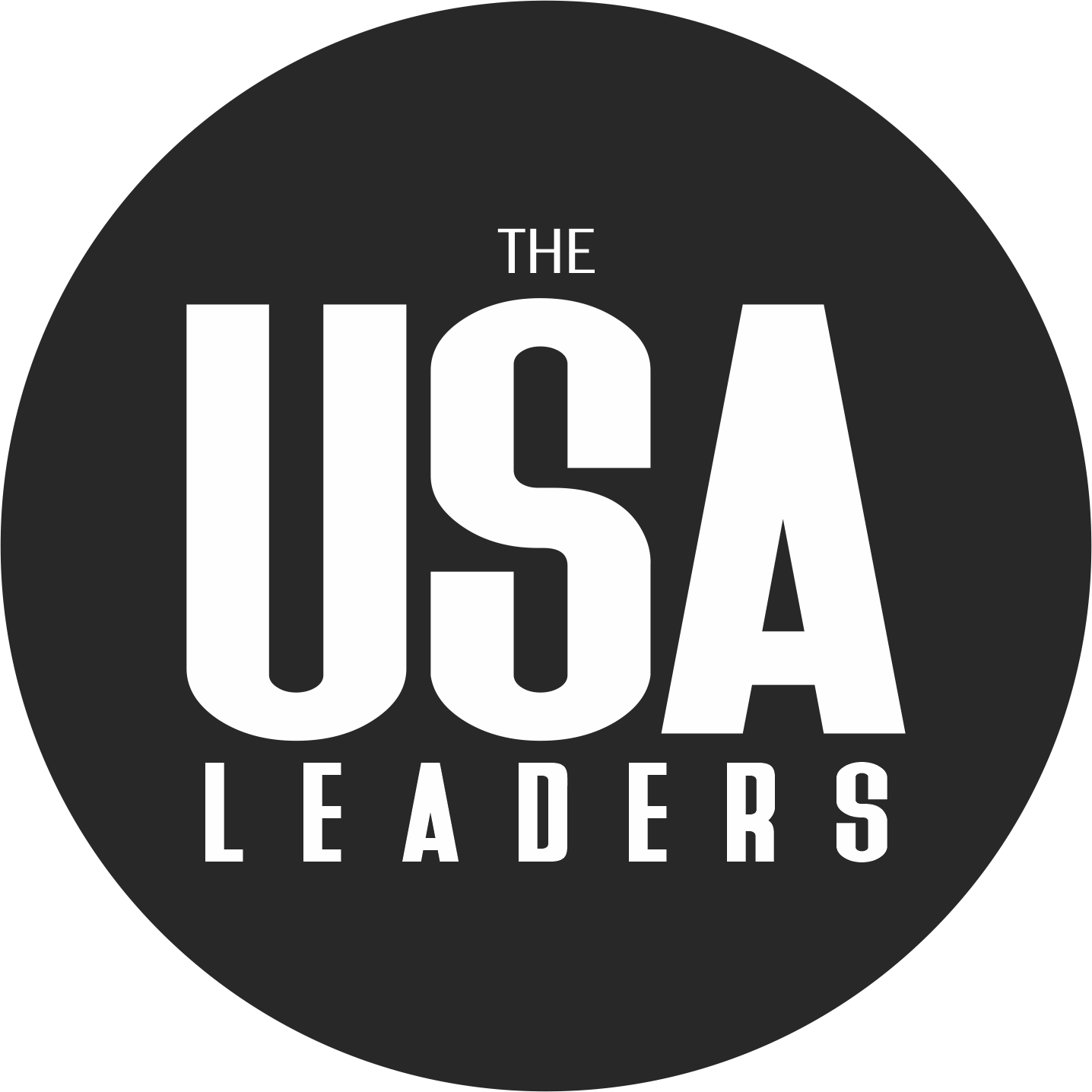Did you know?
- Coca-Cola was established in 1886 in Georgia.
- The founder of Coca-Cola is Dr. John Stith Pemberton.
- Currently, Coca-Cola has a net worth of USD $260.6 billion.
The history of Coca-Cola is a fascinating adventure that extends over a century and has made a lasting impression on the global beverage industry. Coca-Cola has experienced extraordinary transformations and has become established in popular culture from its humble origins as a simple syrup mixture produced to its current popularity as one of the world’s most-known brands. This renowned soft drink brand also changed advertising, marketing, and social standards. This blog will delve into the rich and interesting history of Coca-Cola, looking at its roots, important moments, and significant milestones that have led to its enduring legacy.
Early Days of Coca-Cola
In 1886, a pharmacist named Dr. John Stith Pemberton from Atlanta, Georgia invented a soft drink called “Excellent.” He sold it at his soda fountain for 5 cents a glass. The drink was not very popular initially, and Pemberton only sold about nine servings per day.
However, Pemberton remained determined. He continued experimenting with the formula and eventually added carbonated water to the syrup. The result was a new drink that he called “Delicious and Refreshing.” This combination of carbonated water and syrup would become the signature of Coca-Cola.
On May 8, 1886, the first Coca-Cola was sold at Jacob’s Pharmacy in Atlanta. The drink quickly gained popularity, and by the end of the year, Pemberton was selling about 100 servings per day. Despite this success, Pemberton still lost money on the venture. The cost of producing Coca-Cola was more than the money he made from selling it.
Despite these early setbacks, Coca-Cola had a strong foundation. The drink was delicious and refreshing, with a unique combination of ingredients. Pemberton’s invention would go on to become one of the most popular soft drinks in the world.
Key takeaways

The Rise, Secrets, and Shifting Formulation
Coca-Cola began to gain popularity when Asa Candler took ownership of the formula in 1887. As an entrepreneur and pharmacist based in Atlanta, Candler acquired the formula from Pemberton, who unfortunately passed away shortly after.
Candler was a brilliant marketer, and he used a variety of strategies to promote Coca-Cola. He gave away free samples, he offered discounts to businesses that sold Coca-Cola, and he even hired teams of people to sing the praises of Coca-Cola on street corners.
As a result of Candler’s marketing efforts, Coca-Cola sales skyrocketed. In the 1890s, syrup sales increased by over 4,000%. By the turn of the century, Coca-Cola was one of the most popular soft drinks in the United States.
One of the reasons for Coca-Cola’s early success was its unique formula. The drink contained extracts of coca leaves, which are a source of cocaine. Although cocaine was not illegal at the time, some people were concerned about the potential health risks of consuming the drug.
In the early 1900s, Asa Candler began to remove cocaine from the Coca-Cola formula. The company’s marketing materials emphasized the drink’s “tonic” qualities, but the cocaine was gone.
The Coca-Cola formula has changed over the years. In addition to removing cocaine, the company has also adjusted the other ingredients in the drink. For example, the amount of caffeine has been increased, and the sugar content has been reduced.
Key takeaways
- Asa Candler acquired the Coca-Cola formula in 1887 and began marketing the drink aggressively.
- Coca-Cola’s popularity proliferated under Candler’s leadership, and syrup sales increased by 4,000%.
- There was evidence that Coca-Cola may have contained traces of cocaine in its original formula, but this was removed from the recipe by the early 1900s.
- By the early 1900s, Coca-Cola had become a global phenomenon.
The Influence of Advertising and the Infamous New Coke
Coca-Cola’s success in sales was greatly influenced by its advertising efforts. By the beginning of the 21st century, the beverage had gained widespread popularity. It was extensively sold in the United States and Canada. Additionally, the company adopted a strategic approach by supplying syrup to independent bottling companies authorized to distribute the product. This organizational structure became a defining characteristic of the soft drink industry in the United States.
In 1985, Coca-Cola introduced a new formula known as “New Coke” to combat declining sales caused by fierce competition in the cola market. The company intended to keep the recipe a trade secret. Still, the introduction of the new taste turned out to be a significant failure.
Consumers were outraged by the change, and many expressed their disapproval by writing letters to the company and boycotting the product. Within three months, Coca-Cola was forced to return the original cola as “Coca-Cola Classic.”
“New Coke” was rebranded as “Coke II” in 1992 and continued to be sold for several more years. However, it never regained the popularity of Coca-Cola Classic. The product was eventually discontinued in 2002.
The New Coke fiasco was a major setback in the history of Coca-Cola. Still, it also taught the company a valuable lesson about listening to its customers. In the years since the company has been more careful about making changes to its products, it has focused on marketing Coca-Cola Classic as the “real thing.”
Key takeaways
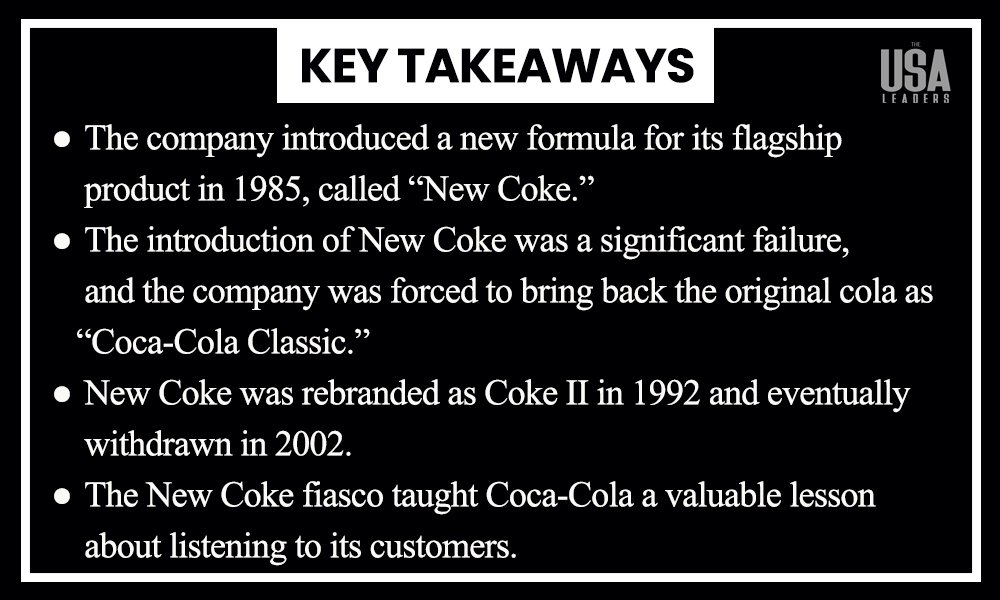
The “I’d Like to Buy the World a Coke” Campaign
In 1969, The Coca-Cola Company replaced its popular “Things Go Better With Coke” campaign with a new one centered around the slogan “It’s the Real Thing.” The campaign introduced a hit song called “I’d Like to Buy the World a Coke,” which became one of the most beloved ads ever created.
Bill Backer, the creative director of Coca-Cola, wrote the song. It was first released to radio stations in the United States on February 12, 1971. But, it has yet to receive a positive response. Coca-Cola executives were disappointed and considered scrapping the campaign.
However, Backer and his team were convinced that the song had potential. They persuaded Coca-Cola to approve a significant budget of over $250,000 for filming a television commercial. The ad was directed by Ridley Scott, who would become one of the most famous directors in the world.
The television ad version of “I’d Like to Buy the World a Coke” was launched in the United States in July 1971. It featured a group of young people from different countries singing the song together in a meadow. The ad was an immediate hit and helped revive the Coca-Cola brand.
The “I’d Like to Buy the World a Coke” campaign is still considered one of the most successful advertising campaigns in the history of Coca-cola. It has been praised for its positive message and its ability to connect with people from all over the world. Many artists have covered the song, which is still popular today.
Key takeaways
- The “I’d Like to Buy the World a Coke” ad was created in 1969 by Coca-Cola and McCann-Erickson.
- The song was written by Bill Backer and was inspired by his experience of seeing people from all over the world come together in an airport.
- The ad was unsuccessful initially, but Coca-Cola was convinced of its potential and approved a significant budget for a television commercial.
- The ad’s enduring legacy was acknowledged in the final episode of the acclaimed TV series “Mad Men” in 2015.
We hope that our blog on the history of Coca-Cola has been informative and interesting. It provides a glimpse into the origins and evolution of this iconic beverage, from its medicinal roots to its current status as a global symbol of refreshment and enjoyment. By exploring Coca-Cola’s rich history, we have uncovered fascinating stories about its secret formula, unforgettable advertising campaigns, and lasting popularity across generations.
ALSO READ: Top 10 Largest Companies by Revenue: The Powerhouses Shaping the Global Economy


